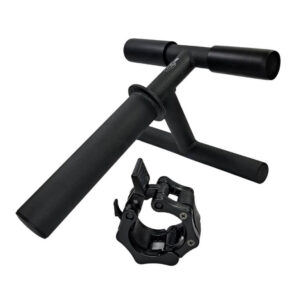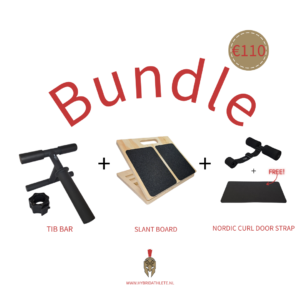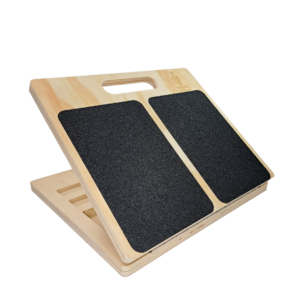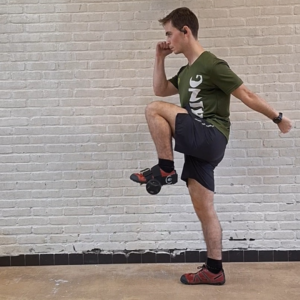
Table of Contents
Today, we’re diving into the world of tib bars. You’ve probably seen them around or heard the gym rats whispering about them. As someone who’s been knee-deep (pun intended) in knees over training and injury prevention. I’ve got some insights to share.
So, let’s break down whether using a tib bar is the the real deal or not.
Understanding Tib Bars and Their Role in knees over toes training
What are Tib Bars?
Tib bars, short for tibialis bars, are like the unsung heroes for your lower legs.
They’re designed to target that tibialis anterior muscle – you know, the one that’s super important but often ignored like the last donut in the box. It is best known for preventing knee pain and shin splints, because it plays a vital role in shock absorption.
They can range from a simple solo tib bar to more complex tibialis trainers. They usually hold 50mm weight plates held by a clamp; plates used for strength training. Tib bars are mostly found in gyms but can also be used as home gym equipment.
The Rise of Knees Over Toes Training
Knees over toes has been gaining steam lately, and for good reason. It’s all about getting those knees strong and flexible – think less ‘snap, crackle, pop’ and more ‘smooth and sturdy.’
The term tib bar alongside other knees over toes equipment such as slant board, nordic curl strap, nordstick, squat wedges, and nordic bench have ballooned in popularity.
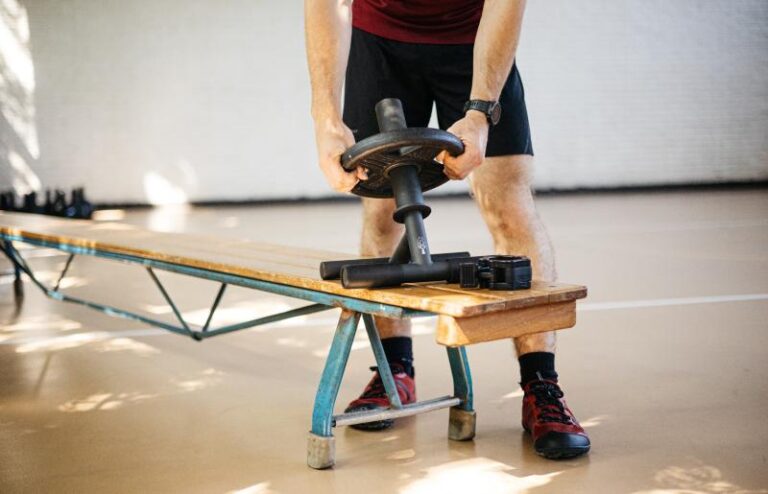
Tib Bars in Action: How They Work as a Shin Trainer
The Mechanics of Tib Raises
The Tib bar allows you to perform tib raises which is a potent shin strengthener for leg strength training. Tibialis raises focus on dorsiflexing the foot, essentially the reverse of a calf raise. You can do it standing up using just your body weight, amp it up with resistance bands, or really challenge yourself by using a tib bar for maximum contraction of the tibialis anterior.
The tibialis anterior muscle runs along the front of your shin, stretching from your knee all the way down to your ankle. It plays a crucial role in flexing the ankle (dorsiflexion), so when you engage this muscle, it draws your toes upwards, pointing them towards the ceiling- perfect for atg knees over toes training. This occurs naturally during the gait cycle generated through walking.
Benefits of Using Tib Bars
Shin Trainer and Preventing Injuries
As someone who’s seen more shin splints and knee pain relief than I care to remember, I can tell you that strengthening your shins is not just about looking good in shorts – it’s your first line of defense.
Tib bars are like your shins’ personal bodyguards, keeping them safe and strong.
Tib Bars in KneesOverToes and ATG Training
These bars are not just for show – they mean business. Integrating them into your Ass to Grass (ATG) and knees over toes training can really give you that edge.
We’re talking squats, Nordic hamstring curls, the works. It’s like adding hot sauce to your favorite dish – a little kick that makes all the difference. In short, a tib bar is among the rare pieces of equipment that you should get if you’re not into zero-equipment training.
Tib Bars vs. No Equipment as the Better Tibialis Trainer
When you compare doing tibialis raises with a tib bar to performing them against a wall, the advantages of using a tib bar become clear:
Increased Resistance and Intensity
The tib bar ups the ante by offering more resistance than wall-based tib raises. This extra challenge not only boosts ankle stability but also lowers the risk of injuries like shin splints and knee pain. It simply provides a more controlled way to elongate and contract the tibialis anterior muscle.
Facilitates Progressive Overload
A key benefit of the tib bar is its role in progressive overload training. By incrementally increasing resistance using Olympic weight plates during sets and reps, it effectively strengthens the tibialis muscles in a controlled, safe manner.
Boosts Workout Effectiveness
Users who have switched to tib bars for their tib raises often find them more beneficial. They report that tib bars enhance the intensity of the exercises, making for a more effective workout compared to other tibialis anterior training methods.
Solo Tib Bar vs Standard Tib Bar
To be a tib bar pro, you should first understand they come in two varieties: the standard model and the solo version.
The standard tib bar is designed for bilateral use, allowing simultaneous exercises with both legs. In contrast, the solo tib bar is a unilateral tool, tailored for focusing on a single leg at a time.
Users have reported that both the standard and solo models of the tib bar are of high quality and comfortable for use and that it’s up to personal preference which one is better. While some users prefer the standard tib bar due to its efficiency in working both legs together, others find value in the solo model’s versatility.
The solo tib bar is not only suitable for hip flexor and tibialis raises but also supports a range of exercises, including hamstring curls and additional hip flexor workouts.
Practical Considerations
Cost and Accessibility
Let’s talk money. Tib bars are an investment, but hey, can you really put a price on not wincing every time you climb stairs?
A Tib Bar is worth it if you value proper injury prevention and recovery, which in turn allow you to train better, and be more effective.
Durability and Quality
Tib bars are tough cookies. Made from materials like high-quality steel, they’re built to last. Keep in mind, that the fewer pieces it has, the better the Tib Bar. Hardware parts that need assembly often represent a point where it starts to get loose.
Conclusion: Are Tib Bars Worth It?
So, after all that, are tib bars worth the hype?
From my experience, absolutely. They’re like the secret sauce for your lower legs, giving you that strength and stability you didn’t even know you were missing.
Now, think about your own fitness journey. Are you giving your shins the love they deserve? Could tib bars be the missing piece in your leg day puzzle? Remember, it’s not just about understanding these concepts; it’s about putting them into action.
So, why not take the leap? Give the tib bar a try and watch your legs grow strong and resilient. After all, every great journey starts with a single step – or in this case, a single tib raise.

